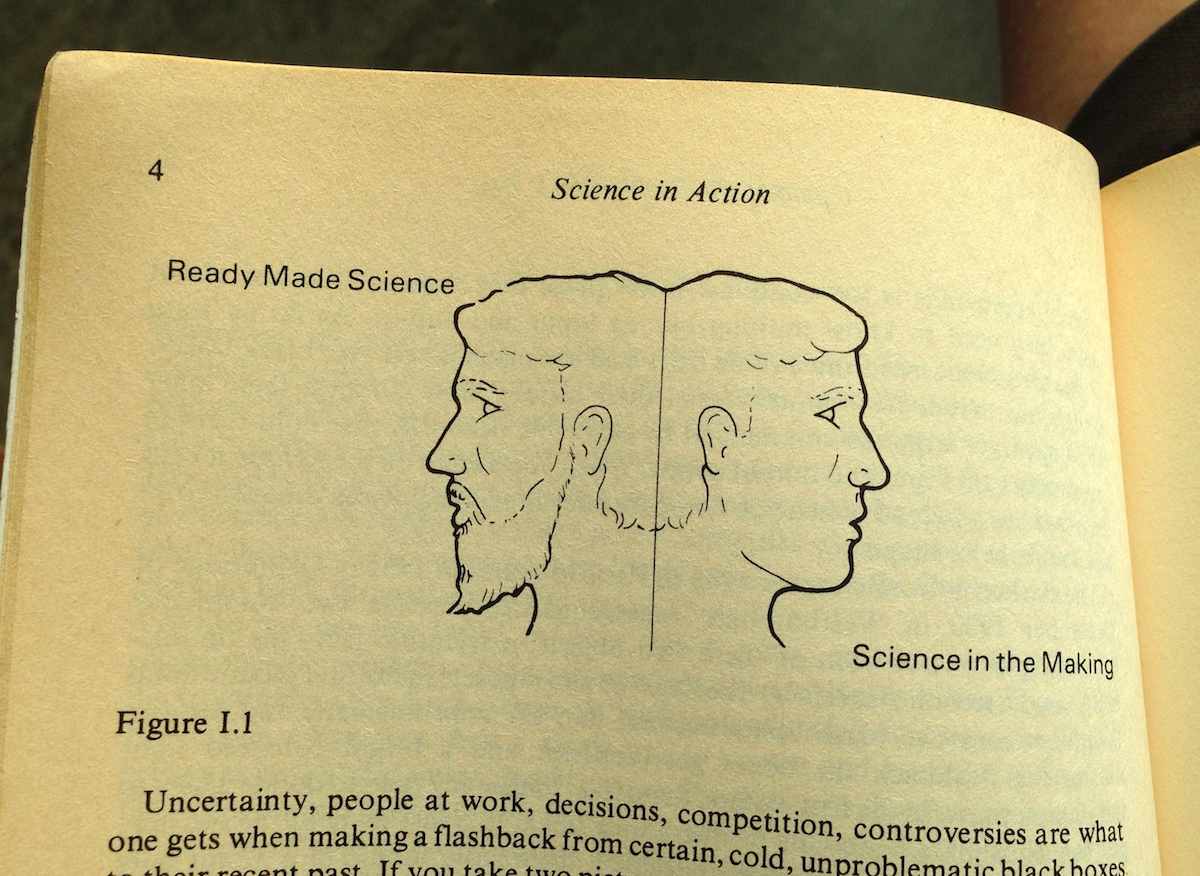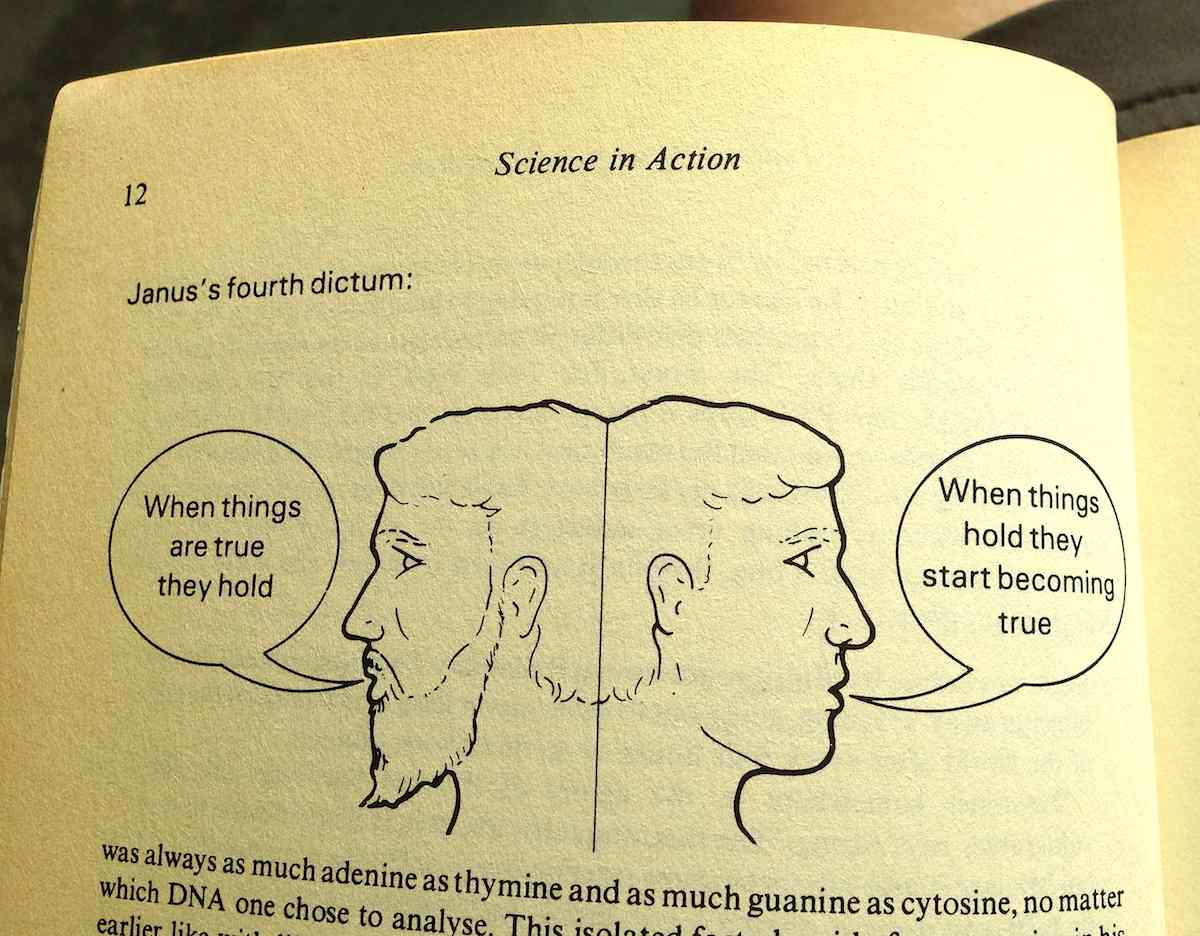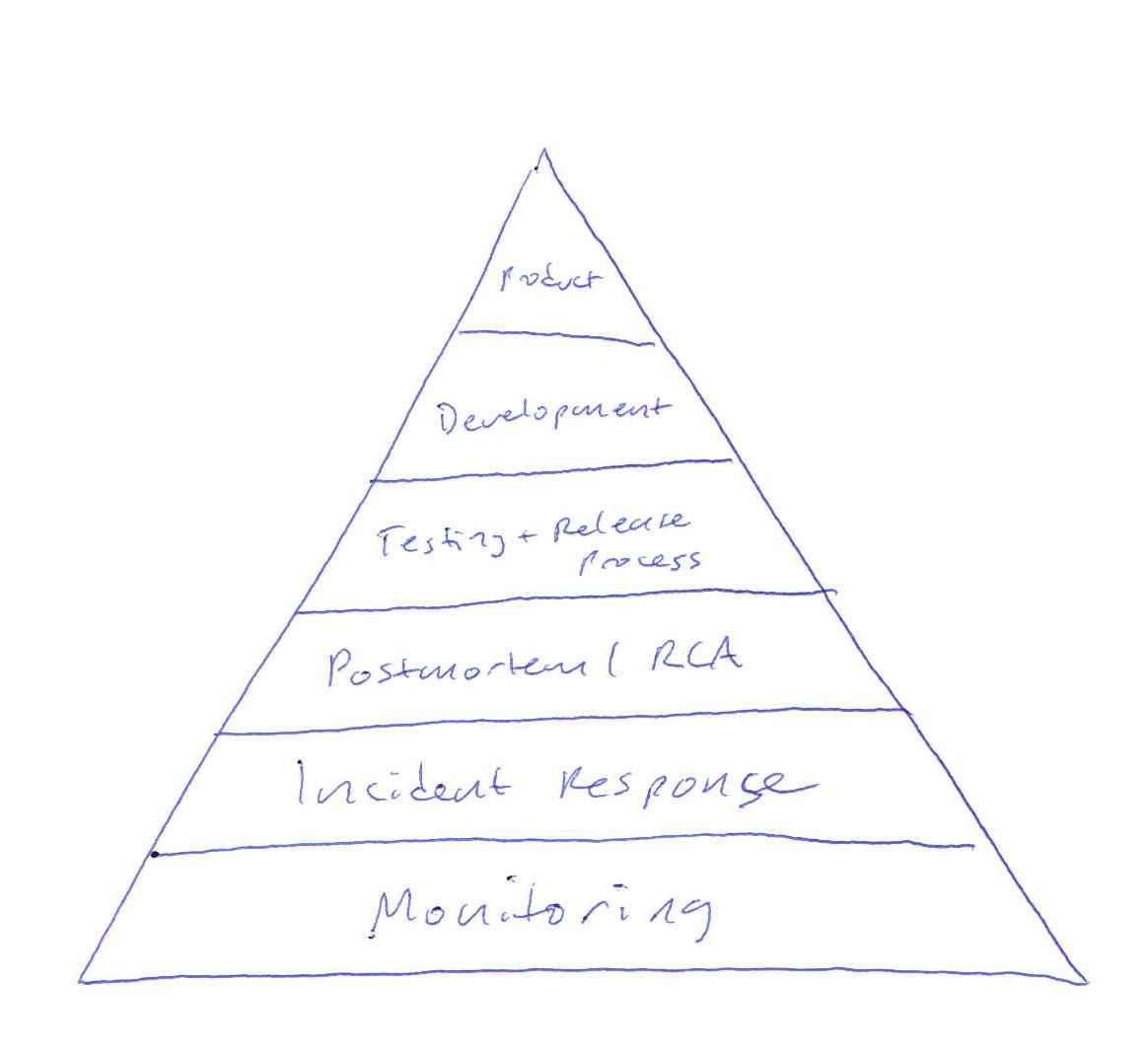tecznotes
Michal Migurski's notebook, listening post, and soapbox. Subscribe to ![]() this blog.
Check out the rest of my site as well.
this blog.
Check out the rest of my site as well.
Aug 9, 2015 4:51pm
platforminess, smartness, and meaningfulness
This week, I’ll be speaking at two Bay Area tech events:
On Wednesday, IxDA San Francisco is hosting Making Data Meaningful, where I’ll be joining designers from Facebook, Automatic, and Jawbone to talk about meaning and data.
On Thursday, SAP is hosting Accelerating Smart Cities in Palo Alto, where I’ll be joining a (regrettably all-male) group of technology and government experts to talk about smartness and cities.
This is me trying to get some thoughts straight while I prepare.
When I first met my now-boss Jen Pahlka and got excited about Code for America, it was 2010 and Tim O’Reilly was starting to unveil his “government as a platform” meme. For tech people like me, it’s an evocative and potent image and I’ve been wondering why. The UK’s Government Digital Service made this video to attempt an explanation, and it misses the mark:
I’ve been re-reading Science in Action. Eight years later, there are a lot of ideas in Latour’s book directly applicable to what makes a platform and what’s missing from the GDS video. Latour uses the Roman two-faced god Janus as a recurring illustration, contrasting ready-made science that you learn in a school textbook with science-in-the-making that you learn in the news.

Uncertainty, people at work, decisions, competition, controversies are what one gets when making a flashback from certain, cold, unproblematic black boxes to their recent past. If you take two pictures, one of the black boxes and the other of the open controversies, they are utterly different. They are as different as the two sides, one lively, the other severe, of a two-faced Janus. “Science in the making” on the right side, “all made science” or “ready made science” on the other; such is Janus bifrons, the first character that greets us at the beginning of our journey.
The Janus illustration appears repeatedly, showing the difference between settled facts on the left and the process by which they’re made on the right:

On the right is where the messy controversies of science and technology happen, and usually they’re in the form of suggested truths being put to a test. When things “hold,” they work for new people in new contexts. The chemist’s double-helix shape of DNA is used by the biologist to explain how genetic information is copied. Pasteur’s work on bacterial vaccines is used by farmers to keep their sheep and cows alive. The GDS video shows the platforminess of technology as a settled truth with neatly-shaped blocks, but without those other people using the platform for support it doesn’t mean anything.

So, nothing is a platform until it’s used as one.
Meanwhile, there are a few potential visions of what a government platform might look like. Specific actors work on the right side of Janus developing and promoting visions to make them real. The winning bingo words are “big data,” “smart cities,” “internet of things,” and so on.
Adam Greenfield (author of Against The Smart City) ties a few of these threads together in a recent edition of his weekly email letter:
So the idea that we will somehow use the data we garner to “make wiser decisions” about our own lives is something I find naive at best. If other parties will almost always better be able to use data to act in ways that are counter to my interests (and even do me harm!) than I will be able to marshal the time, effort and energy to use them in ways that advance my interests, then the house always wins. And this is particularly problematic as one failing “smart city” initiative after another gets reframed and repositioned as an “urban IoT” project.
The initiatives fail to hold, and are recast into new initiatives.
Government has always had high potential for running platforms, because platforms are essentially made of regulations. The web platform is a set of rules for how markup, addresses, and state transfers work together. The Amazon services platform is a set of rules for how computers, networks, and credit cards work together. The Interstate Highway platform is a set of rules for how roads, tax dollars, and cars work together. All those pieces can be swapped out, but the rules that bind them hold. In the GDS video metaphor, rules might specify the acceptable size and weight of a block but not its material or color. It should reference the idea of other people in the picture, the potential for new actors to use those blocks for support.
Where government has failed at platforms is in delivery. Outgoing GDS director Mike Bracken immortalized their approach with his “Strategy is Delivery” meme, jumping the gap between isolated rule-setting and the services that deliver those rules. Implementation is a pre-digital, book-length exploration on the same theme from 1973: “If one wishes to assure a reasonable prospect of program implementation, he had better begin with a high probability that each every actor will cooperate. The purpose of bureaucracy is precisely to secure this degree of predictability.” Delivery secures predictability by making things real. Dan Hon has published CfA’s point of view on service delivery with respect to technology procurement, with a special focus on connecting that bureacratic probability machine to the original user needs that set it in motion.
Mikey Dickerson of USDS illustrates this using his modified hierarchy of needs. It’s his response to the lack of platform thinking at Healthcare.gov in 2013, and the platform metaphor is right there in the picture of the pyramid:

Without a foundation of monitoring or incident response, it was impossible to know that Healthcare.gov worked. The policy intent was not being delivered. The individual components were all being individually monitored by the contractors responsible for them, but little effort was spent securing predictability by enforcing coordination so that outages could have an agreed-upon boundary. Without the platform of common language about the system, the pyramid is just a tower of babel.
Faced with these same challenges, the private sector often simply folds (pivots). Phil Gyford runs a cherished record of tone-deaf service shutdowns called Our Incredible Journey. Markets get resegmented, teams sell themselves to bigger companies, and engagement gets prioritized over service delivery. However, public servants don’t pivot.
Returning to the topic of the Accelerating Smart Cities and Making Data Meaningful events, “smart” and “meaningful” can only be used in retrospect as a judgement of success. A city government is mandated to meet certain needs of its residents. Having met those needs is the only way in which it can be said to be smart. Urban informatics dashboards, mass data collection, and coordinated networks of magic talking light poles are not user needs. Having been available, current, and usable is the only way in which data can be said to be meaningful (to borrow from Renee Sieber’s definition of open data). Having supported novel uses by other people is the only way in which a government can be said to be a platform.

Comments
Sorry, no new comments on old posts.